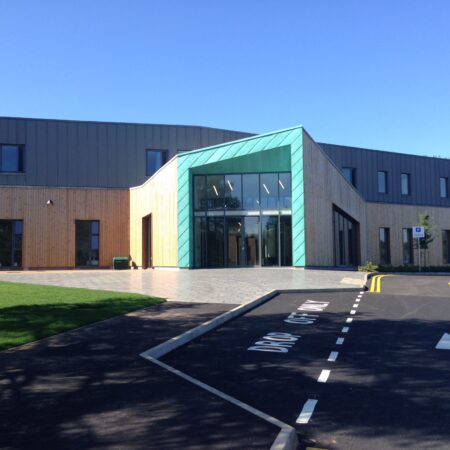Can You Change Outcomes without Changing Methods?
Do you make progress by trying harder to do the same things better, or by changing what you do? You could argue that the construction sector grappled for too long with issues of low productivity, variable quality and unpredictable delivery by trying to improve existing methods.
As in so many other industries, real progress comes from doing things differently and adopting advanced manufacturing processes.
Is it all about PMV?
The foundation for transforming construction project outcomes is to maximise the Pre-Manufactured Value (PMV). The significance of this is that PMV is a measure of how much of the project takes place in a highly controlled manufacturing environment, and how much on a traditional construction site with all the familiar uncertainties and variabilities that brings.
The PMV of a project is also a good indicator of how long it will take to deliver and how much disruption, noise and dust it will create. For many projects – particularly schools and healthcare – these are important considerations.
Economies of Scale
Even with common design elements, traditional construction projects are essentially one-offs that rely on manual onsite operations. Any efficiencies and economies of scale are marginal.
Design for Manufacturing and Assembly (DfMA) opens the door to product platforms with completely reproducible elements. We refer to this as ‘repeatable rooms’ that can be chosen and manufactured with complete predictability.
This concept is deployed in Osborne’s product range, which includes InForm for education and Flexihomes. It’s also suitable for large scale zero carbon retrofit programmes. It delivers economies of scale where there are multiple programmes with shared functional requirements.
Better by Design
The ICE lists issues with design development, design responsibility and inflexibility of specifications as three of the major causes of low construction productivity. Adopting a platform-based approach simplifies the process and provides a design environment where it’s easy for end users and specialist supply chain partners to collaborate.
Precise specifications can also be fine-tuned to suit each project without going back to the metaphorical drawing board on every occasion.
If you would like to ask us any questions about our approach to design, development or project delivery, contact Caroline Compton-James ([email protected]) or visit our resource centre.

